One of the first things I learned about working with groups, especially large groups outdoors, was the need to look after my voice. Simply raising my voice to attract the attention of my group was a limited and short term strategy that quickly got old (not to mention, painful.)
Over the years, I have added plenty to my arsenal of alternative and fun attention-getting ideas because of many years of experience standing in front of large summer camps, school groups, training workshops and corporate conference gatherings.
Here are seven of my favourite, and most successful, attention-getting ideas. In most cases, it will be necessary to teach your group what these ideas are and what your expectations are for how they should respond.
1. Clap-In
This was one of my early favourites because it was not only fun but also invited my groups to work together. It’s as simple as saying “If you can hear me, clap once” and then clap once yourself. You follow up by saying “If you can hear me, clap three times” and then clap three times, etc. Eventually, the level of acknowledgement will ripple through the group until everyone is clapping in unison, and you now have their attention. For smaller groups, you can also snap or click your fingers.
2. Raise Your Hand
I learned this during my summer camp days. When the camp leader wanted to get everyone’s attention, he would raise his hand high and then wait patiently until everyone had copied this action. He also added a little ditty that sounded like “When the hand goes up, the mouth goes shut.”
3. Countdown
When framed appropriately, your group will know that when you call out the start of a countdown, you expect everyone to chime in too, all the way down to zero. So you might raise your hand as well and then call out “Ten, nine, eight, seven…” I like this technique because this gives some people a few seconds to finish up their conversation – or whatever it is that they are doing – to then be fully focused on me.
4. Call & Response
This one is possibly one of the most creative attention-getting ideas because it will provide you and your groups with the most control over the way in which you attract their attention. In its simplest form, your group knows that when you call out or announce a particular word or phrase, they are required to respond with a particular word or phrase. For example, my son’s Grade 3 teacher calls out “One two three” and the class responds with “Look at me.”
5. Sound of Music
This strategy uses the sound of something other than your voice to attract your group’s attention and is especially useful when they are working uninterrupted for longer periods of time. For example, I may provide 20 minutes to work on a task and I will explain that when a familiar song starts to play, each person/group has until the end of the song to stop what they are doing and focus on me. You could, of course, use a stopwatch or timer, but an alarm is not as fun to listen to. To this end, I know of many schools that have replaced their system of bells to indicate the end of recess and lunch breaks with songs.
6. Switch Lights Off & On
I have used this technique sparingly, but it is effective. Nothing breaks the concentration of a group more than when the lights are switched off for a second or two. I would stop short of switching them off and on repeatedly so that it would look like strobe lighting, but this is a very effective way to quickly and silently grab people’s attention.
7. Bells (Not Whistles)
I save this gentle technique for groups that are typically absorbed in important conversations or therapeutic settings. Bells are really effective because they offer a sustained tone and often reverberate throughout the room for a long while. Like songs, bells can help cue a transition and help my group prepare for what’s coming next. Compared to the tone of a PE teacher’s whistle and you’ll quickly understand why bells are more readily embraced by groups.
Looking for more attention-getting ideas? If you’re a playmeo member, you can click the link below to explore a bunch more.
More Attentiuon-Getting Ideas

No Props? No Problem!
Get 150+ no-prop games & activities + exclusive 30-day free trial of playmeo. Scan QR codes to view activity videos, leadership tips, etc.
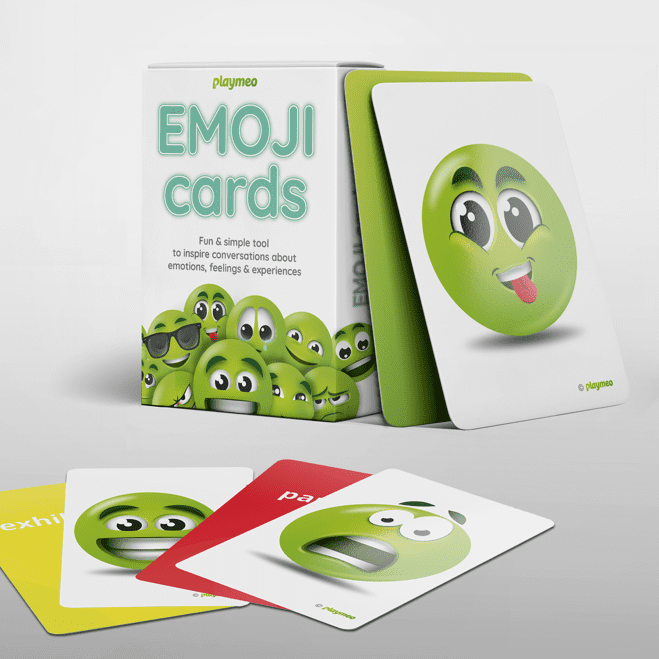
EMOJI Feeling Cards
50+ cards that portray a range of emotions from happy, sad, angry & confused. Ideal for building emotional literacy skills.
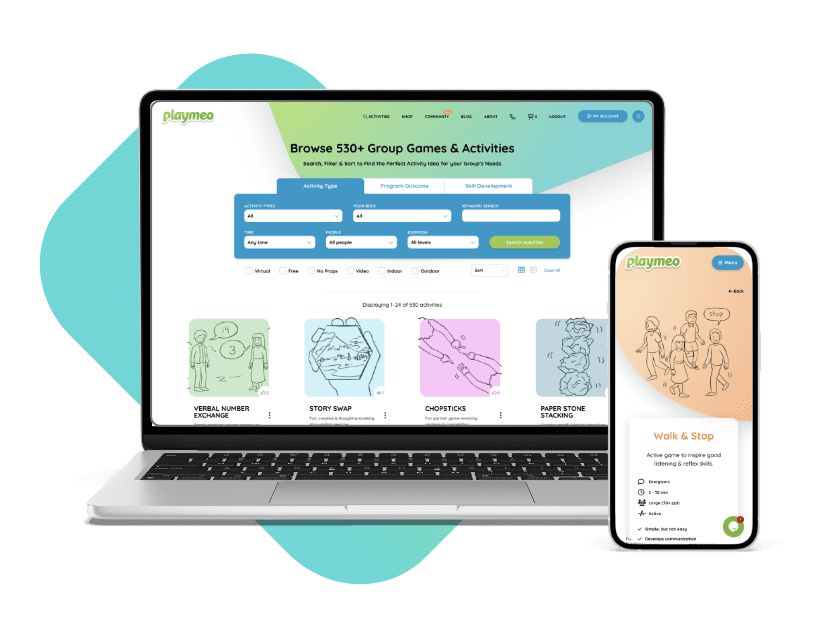
Wow, you’ve been busy!
You can open 1 more
activity for free.
Limit resets every 24 hours
or click below to get unlimited access.




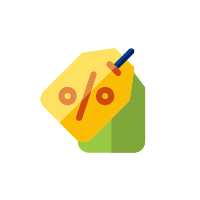

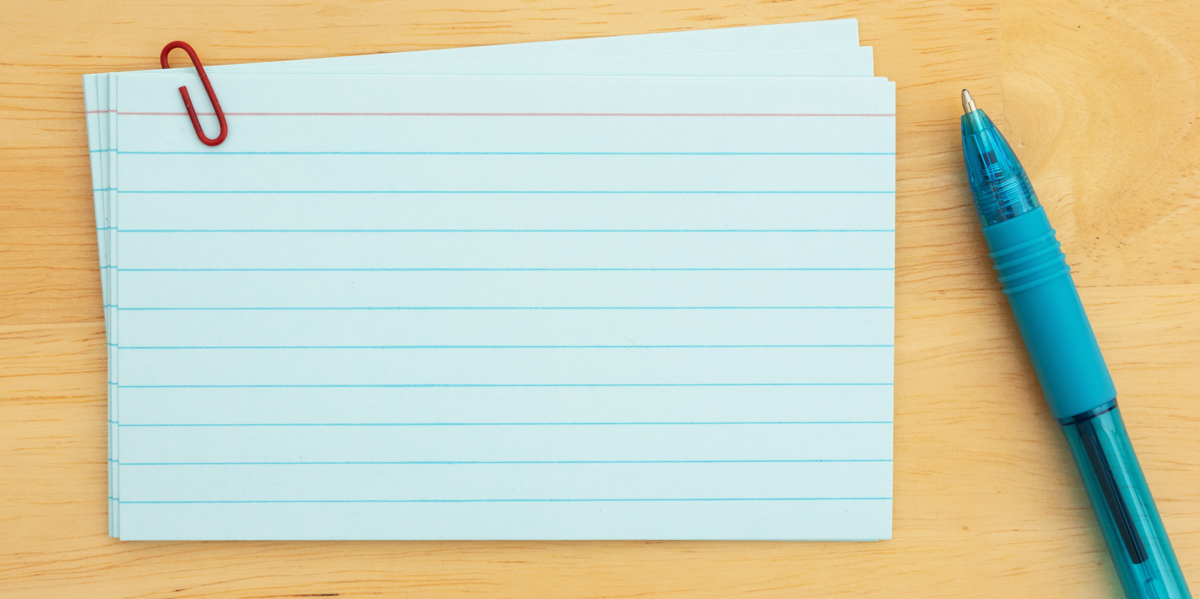
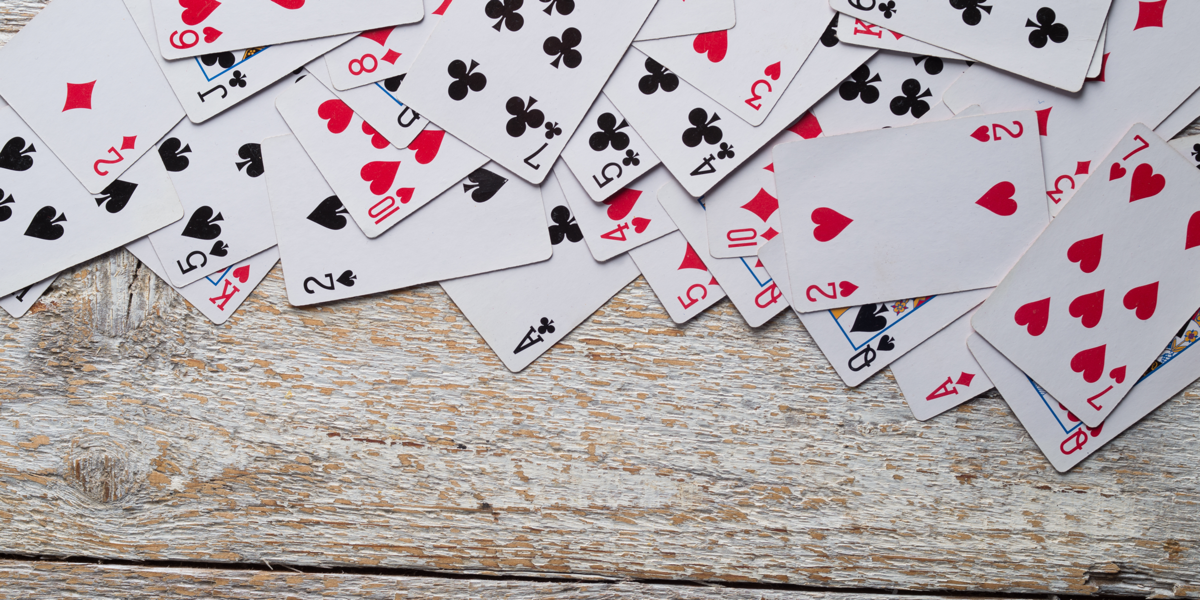
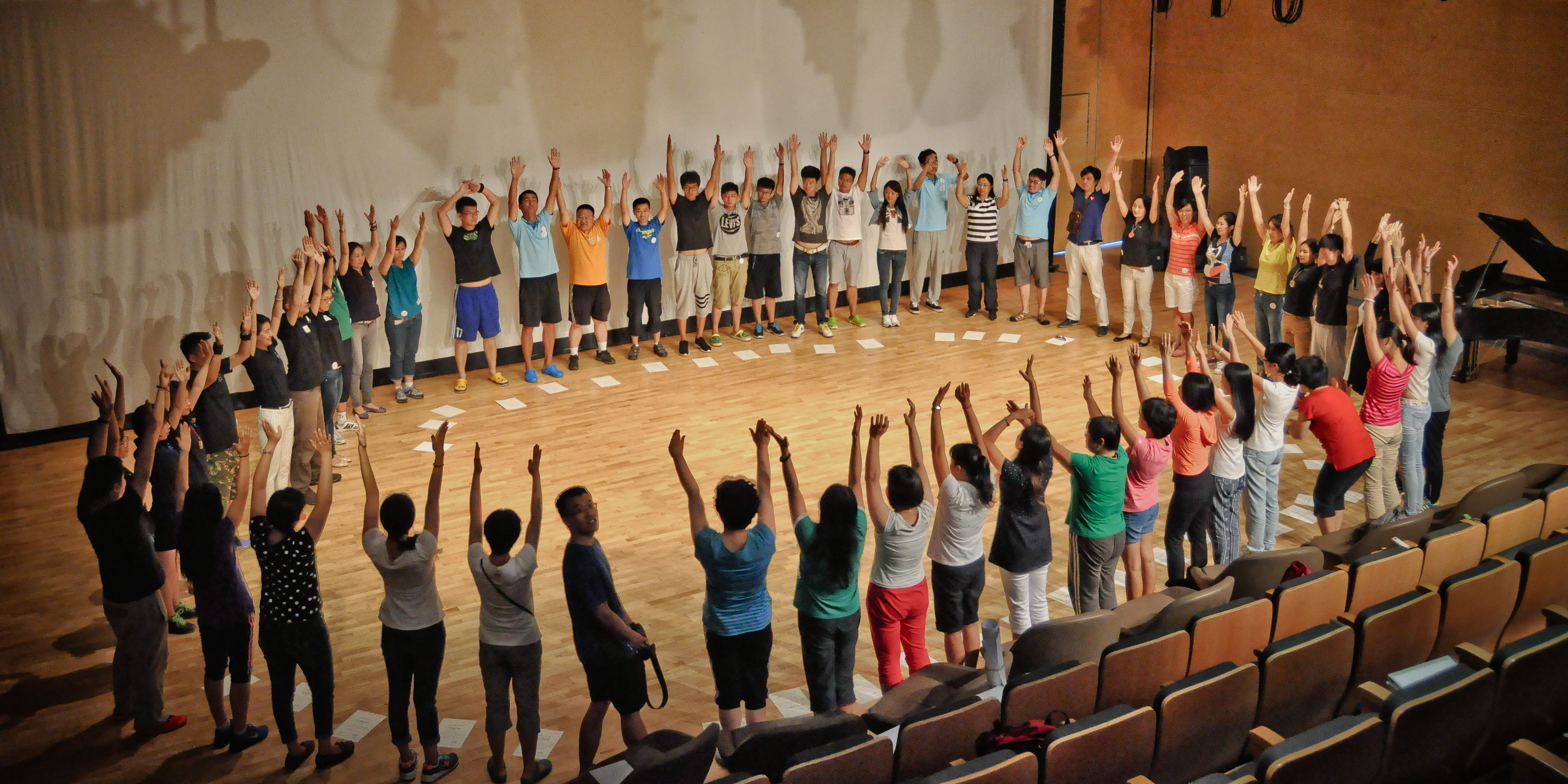


Original post April 2022, last updated April 2022.